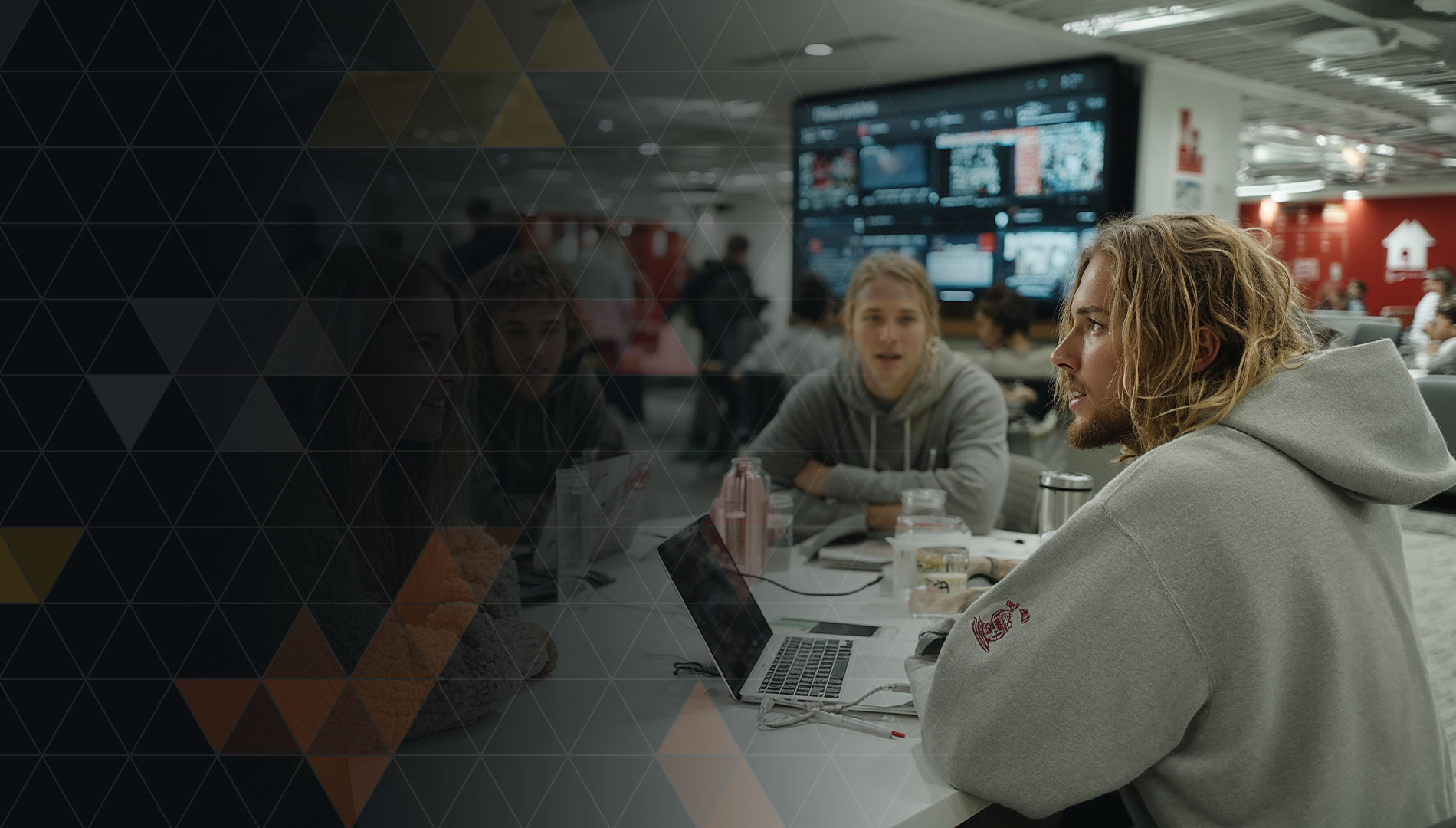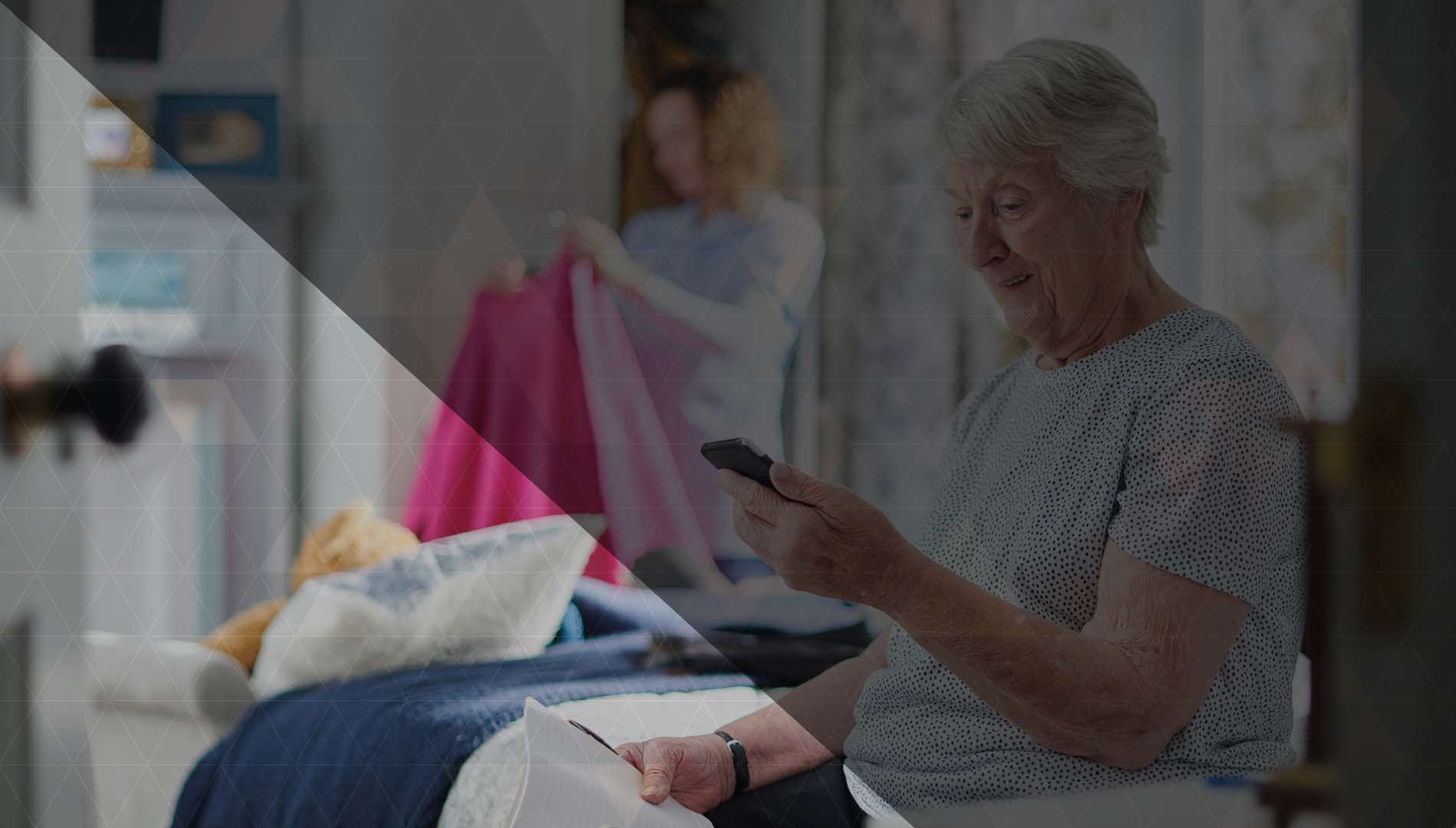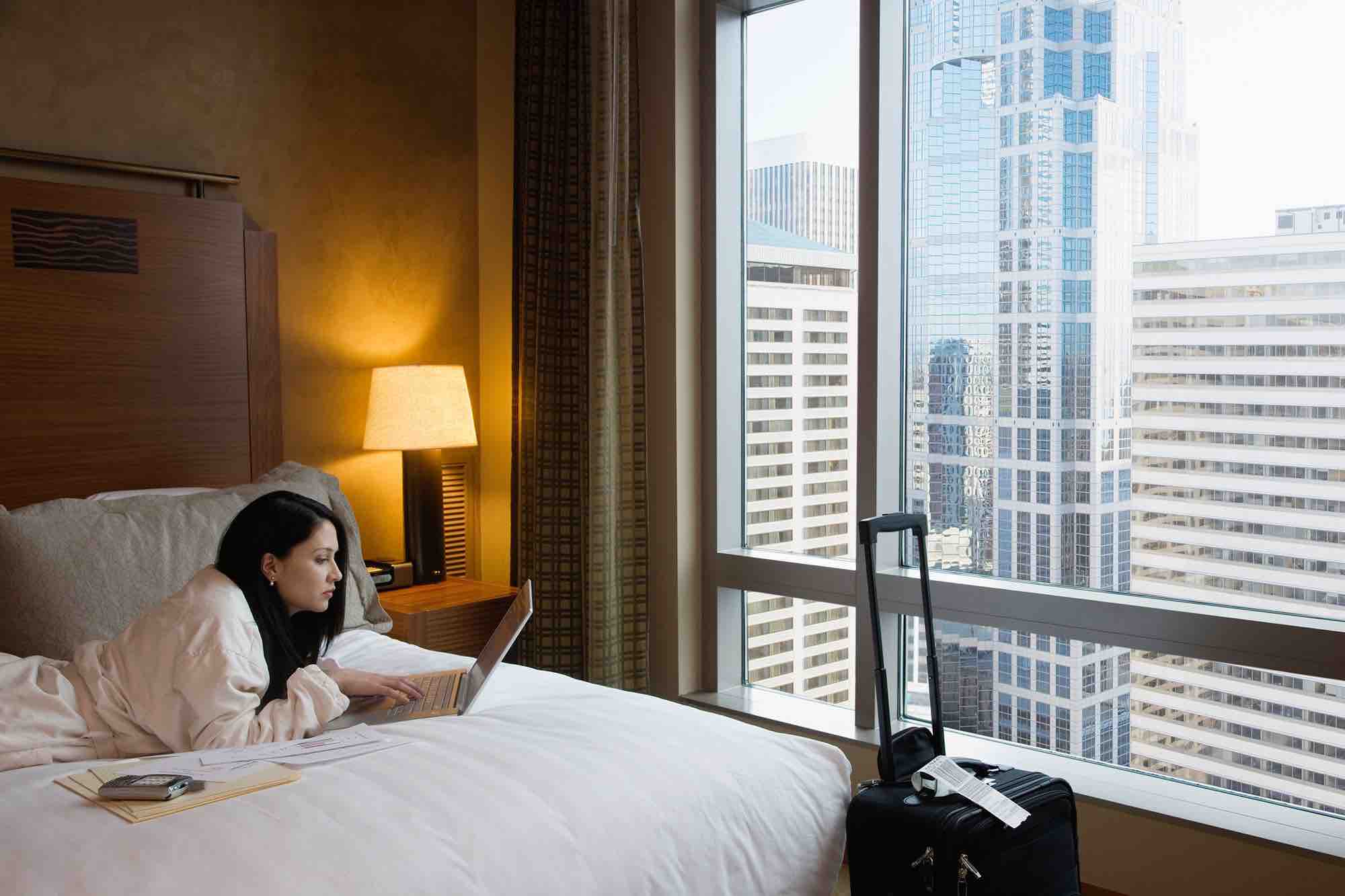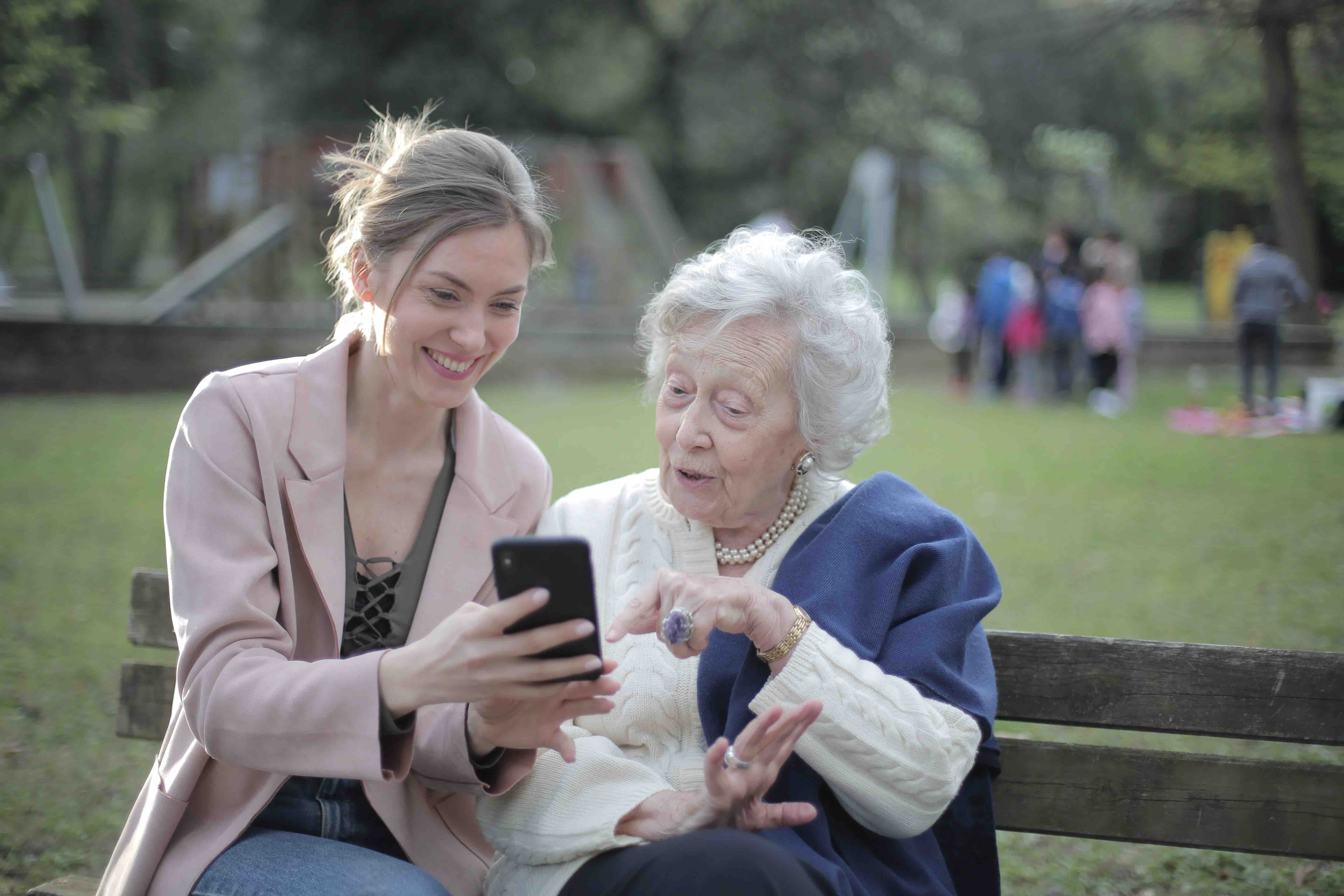It is clear that a multitude of industries have been turned on their heads this year. According to Stanford research, 42 percent of the U.S. labor force is now working from home full-time. In fact, another 33 percent are not working, leaving only 26 percent, mostly essential service workers, working on site. In addition to telecommuting, many are using virtual means to stay safely connected to friends and family as well. This historic shift to working and socializing from home was critical to prioritize health and safety, and led to a technological boom – with people from all walks of life learning to use tools like Zoom for the first time, from 8 years old to 80 years old.









